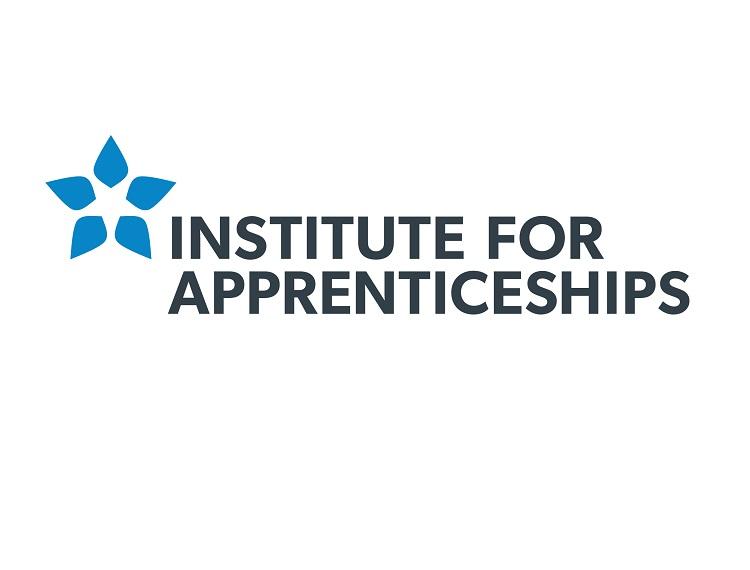Improvement leader

Reference Number: ST0556
Details of standard
Occupation Profile Summary:
Improvement Leaders are responsible for developing improvement strategy, providing leadership in improvement for the business and for coaching and supporting Improvement Specialists in advanced analysis. The Improvement Leader typically reports to Board members or Heads of Department and manages (directly and/or matrix) a team of Improvement Specialists, who deploy the strategy, and lead improvement projects. They work closely with all functions of the business to support the setting and achievement of business goals, often accountable for Improvement activities within the largest-scale and highest priority programmes of work. For example, they may develop top-level Value Stream Maps to identify improvement opportunities that are then scoped into projects to be delivered by Improvement Specialists or they may design new products/processes/services. The role is typically office-based but involves working wherever their improvement activities are focussed for example they could be working on the shop floor or at customer/supplier premises.
Typical roles and responsibilities:
- Developing Improvement strategy and providing leadership in improvement for the business
- Developing processes and resources to support improvement strategy deployment such as guidance for structured project reviews
- Training, coaching and mentoring Improvement Specialists and senior stakeholders
- Designing and sourcing training solutions for the business
- Leading large-scale, complex Improvement activities
- Managing a team of Improvement Specialists
Improvement Leaders have high-level expertise in Lean, Six Sigma, Project and Change management and are recognised as the specialists in leading improvement strategy.
Roles are commonly found in all industry sectors and functions including Automotive, Pharmaceutical, Telecommunication, Retail, Finance, Food, Drink, Travel and Leisure. Job titles associated with the Improvement Leader occupation include, but are not limited to: Lean Master, Senior Lean Leader, Senior Navigator, Lean Six Sigma Master Black Belt, Senior Consultant.
Improvement Leaders have the Knowledge and understanding of:
- Strategy development: Policy deployment principles and Hoshin Kanri Porter’s 5 forces, Strengths Weaknesses Opportunities Threats (SWOT)/Political Economic Social Technological Legal Economic (PESTLE), Ansoff’s growth matrix, Boston Consulting Group growth share matrix, GE-McKinsey matrix
- Business benefits: Net present value, activity based costing
- Team formation & leadership: Team types and constraints, dysfunctional teams, emotional intelligence, Neuro-linguistic programming techniques, reinforcement strategies
- Self-development: Latest thinking in Continuous Improvement and Operational Excellence
- Presentation and reporting: Single page reporting – A3 thinking
- Project selection and scoping: Business performance metrics
- Measurement systems: Audit Measurement System
- Data analysis – statistical methods: Regression (multiple & binary logistic), forecasting and queuing theory
- Experimentation and optimisation: Monte Carlo and Discrete Event simulation. Balanced and unbalanced designs, General Linear Model
Improvement Leaders have the following Skills
- Strategic deployment of continuous improvement: Contribute to the business planning cycle and lead the development of improvement strategy. Analyse current state and identify opportunities. Develop deployment plans considering key enablers. Contribute to the development of an improvement culture. Maintain engagement through effective communication
- Business benefits: Identify, quantify and communicate financial and non-financial benefits
- Team formation and leadership: Use appropriate tools and techniques to identify, diagnose and resolve sources of under-performance and conflict within teams
- Capability Development: Design, source and evaluate learning interventions. Facilitate multi-functional workshops. Advise on selection of individuals for different levels of training
- Project management: Plan and manage an improvement programme with appropriate levels of governance. Apply processes for managing a portfolio of improvement projects including reporting, escalation, audit and risk management/mitigation
- Reviewing projects and coaching others: Provide guidance for structured project reviews. Conduct group coaching reviews. Identify, diagnose and resolve project performance issues
- Presentation and reporting: Critique own and others’ improvement reports/presentations
- Change management: Assess the effectiveness of change and identify opportunities to improve outcomes, guiding and supporting others to deliver results
- Principles and methods: Clearly communicate the importance of appropriate method-selection to others, and enable the organisation to make appropriate decisions through learning and tools
- Project selection and scoping: Establish guidelines for project identification and prioritisation. Assess effectiveness of identification and prioritisation processes and implement counter-measures to enhance outcomes. Engage leadership team to identify improvement opportunities
- Problem definition: Promote importance of evidence-driven problem definition in everyday work
- Voice of Customer(VOC): Coach others on the importance of understanding VOC. Identify ways that an organisation can improve customer insight through feedback loops to enable improvement activities to be focused appropriately
- Process mapping and analysis: Apply process thinking to identify opportunities to improve business and process performance and maintain ongoing process control
- Lean concepts and tools: Easily translate and communicate fundamental Lean concepts for application to a wide range of business functions. Assess the effectiveness of a Lean strategy and make recommendations for improving outcomes
- Data acquisition for analysis: Assess data acquisition conducted by others in terms of tool selection and application, conclusions and recommendations
- Statistics and graphical analysis: Assess and guide graphical and statistical analysis conducted by others in terms of tool selection and application, conclusions and recommendations. Communicate opportunities for robust application of basic data analysis methods and engage others to extend/embed the application of data-driven approaches. Investigate and evaluate measurement and analysis approaches which extend the capabilities of the organisation. Establish strategies for gathering and analysing life-cycle data
- Process capability and performance: Make recommendations on how an organisation can drive improvement through the selection of tools and metrics for process capability analysis
- Root cause analysis: Guide and coach others in planning to ensure efficiency of approach
- Experimentation, optimisation and simulation: Support the building of mathematical models and exploitation of these
- Identification & prioritisation: Develop a Creative Thinking strategy to support improvements
- Failure Mode Avoidance: Communicate the business case, aims, methods & key tools. Identify opportunities for application within product and project life cycles including Lean Design
- Data analysis –Statistical Process Control: Make recommendation on how an organisation can drive sustained improvement through the application of Statistical Process Control
- Benchmarking: Develop a benchmarking strategy to support an improvement programme
Improvement Leaders demonstrate the following Behaviours:
- Drive for results: Be a primary advocate for Improvement and Operational Excellence acting as a role model for others, focused on improving customer experience and delivering benefits
- Team Working: Actively seeks opportunities for improving team performance and coaches others to resolve under-performance issues
- Professionalism: Demonstrates personal resilience. Challenge, influence & engage seniors
- Strategic Thinking: Drives future thinking for themselves and others. Actively seeks out new ideas, opportunities methods and tools. Build a knowledge and best practice sharing network
- Safe Working: Recognises opportunities to improve safe working practices
Duration:
Typically 18-24months
Entry requirements:
Individual employers will set their own entry requirements; typically Improvement level 5 qualification or equivalent
Qualifications:
Apprentices without level 2 English and maths will need to achieve this level prior to taking the end-point assessment. For those with an education, health and care plan or a legacy statement, the apprenticeships English and maths minimum requirement is Entry Level 3. British Sign Language qualification is an alternative to English qualifications for those whom this is their primary language.
Level:
6
Review:
After 3 years
Crown copyright © 2017. You may re-use this information (not including logos) free of charge in any format or medium, under the terms of the Open Government Licence. Visit www.nationalarchives.gov.uk/doc/open-government-licence











Responses